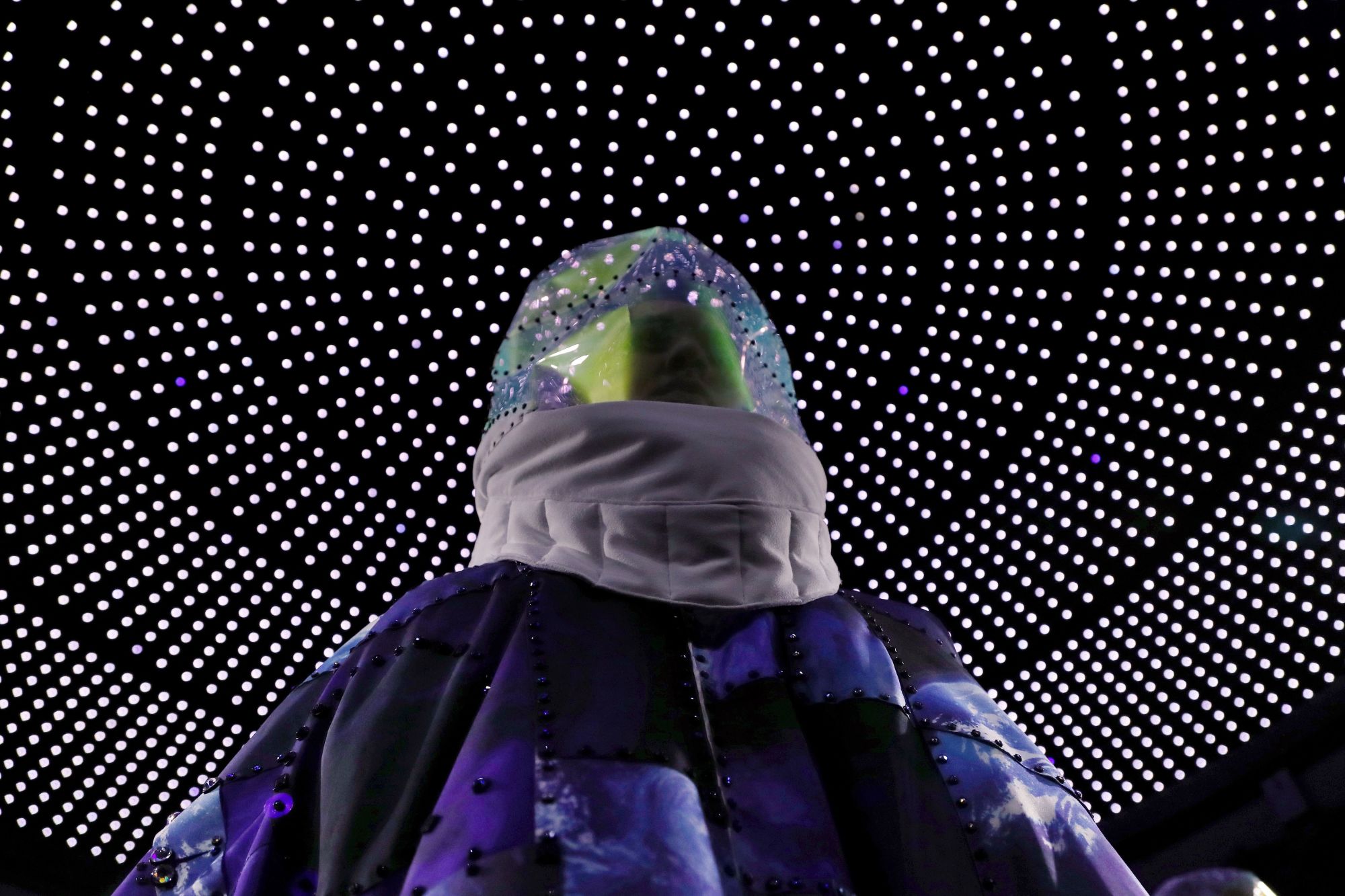Yuima Nakazato has long worked at the intersection of fashion and technology. Having made his name through 3D printing and digital fabrication, the Japanese designer is now pushing a new frontier: outer space.
His latest collection, Harmonize – which debuted last night at the Haute Couture Fashion Week in Paris – is clearly inspired by the aesthetics of space travel. But, according to Nakazato, it also draws on the technology that allows astronauts to live and work in such difficult conditions.
The Japanese designer changing how clothes are made
“We had a chance to have a discussion with JAXA (Japan Aerospace Exploration Agency),” he said on a video call from his studio in Tokyo’s Shibuya district. “They are researching garments used in (space travel), like spacesuits.
“They said that, in the universe, everything has to use a circular system. Whether it’s air or even the materials used in garments, everything has to be based on a circular philosophy. That’s the starting point of the collection.”

‘Semi-permanent’ garments
Nakazato’s goal of “circularity” is articulated, in part, though the use of recycled materials. His new range sees him repurpose parachutes, airbags and discarded industrial materials into T-shirts, jackets, jumpsuits and more.
The 32-year-old designer’s conversation with JAXA also fed into the collection’s overall look, which takes additional cues from Stanley Kubrick’s “2001: A Space Odyssey.” Some items address the cosmic theme head-on, including an all-white spacesuit complete with a transparent domed helmet and a thick, seatbelt-inspired waist belt. Others, such as a paneled dress featuring satellite images of earth, rely on subtler allusions.
But it is through high-tech production that Nakazato’s “circular” philosophy truly expresses itself. Directly inspired by spacesuits (which must be long-lasting and multi-functional) the items are made from unique pieces of fabric – or “units” – that can be moved, removed and substituted. Expanding on a method he calls “unit constructed textile,” this process extends garments’ lifespan into a state he calls “semi-permanence.”

For the consumer, this means that – whether the result of changing trends or expanding waistlines – they can send the garments back to Nakazato’s firm to be altered in shape, color or even material. And the use of digital fabrication (instead of traditional methods like stitching) means that the clothes can be more easily re-engineered.
“Through the ‘unit constructed textile’ (production process), we are able to easily customize or change the shape or sizes to fit the wearer,” Nakazato said. “If it’s stitched together, the fabric can never change shape. It’s very difficult. You have to open the spread, you have to cut and sew it again – a very long process.
“But now, if we want to change the color and shape, or even switch logos – everything is possible.”
Exploring new technologies
The collection marks the latest step in Nakazato’s ongoing exploration of the relationship between technology and fashion. Among his most noteworthy series is Hologram, which saw him produce radiant shoes, bags and outerwear from thousands of tiny pieces of highly-reflective holographic film.
His work has also seen him regularly experiment with 3D printing and body scanners, which can help designers produce better-fitting clothes.
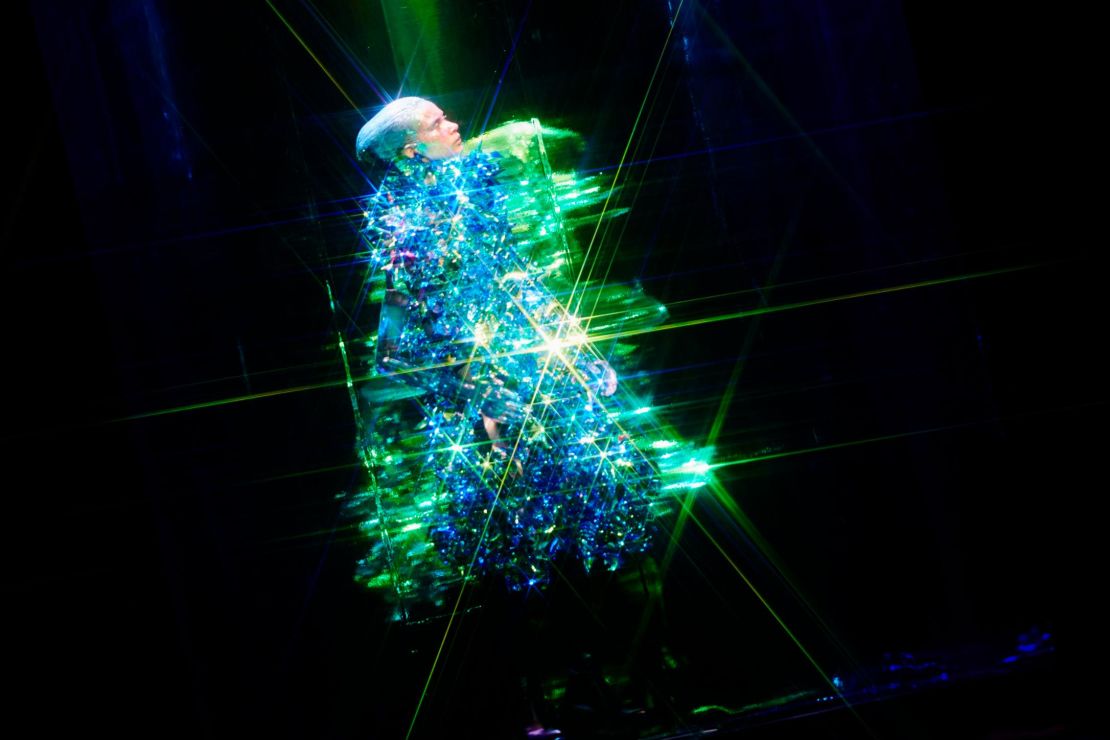
His use of digital fabrication arguably runs counter to the traditions of haute couture (which means, literally, “high sewing”), but it is consistent with Nakazato’s vision for the future of fashion. What’s most important about haute couture, he said, is that the clothes are custom-made and one-of-a-kind, even if they’re not hand-made in the traditional sense.
Indeed, for Nakazato – who, in 2016, became only the second Japanese designer to present at Paris Haute Couture Fashion Week – technology simply makes this goal more achievable, sustainable and accessible.
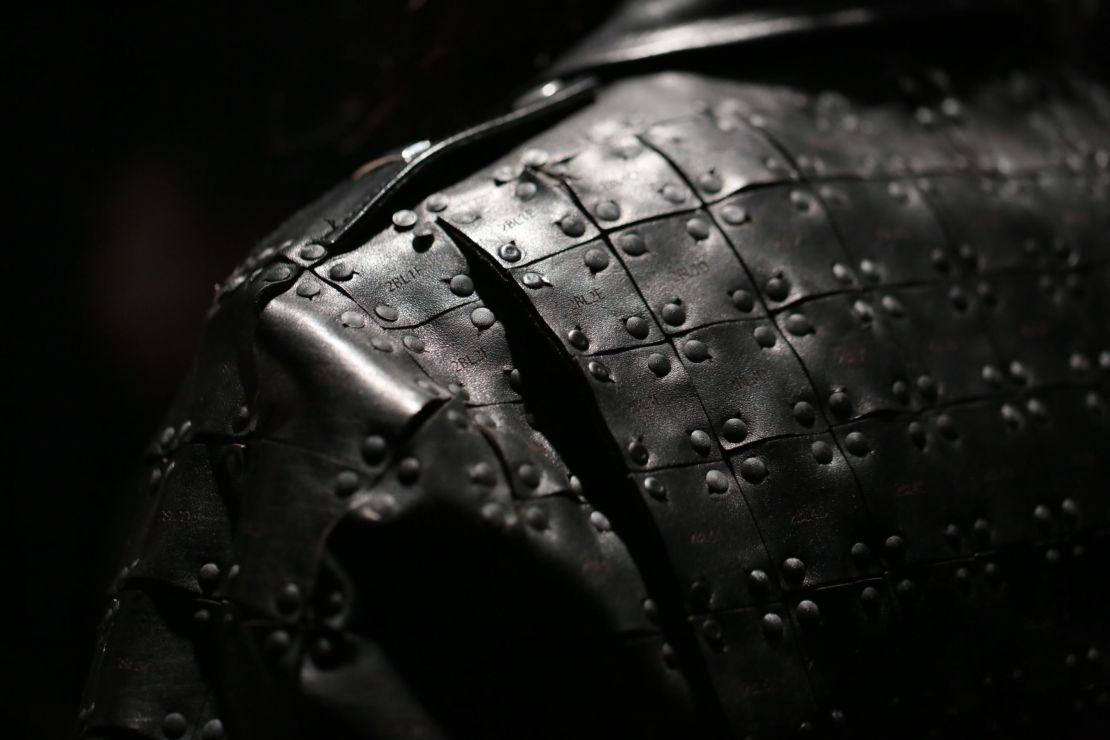
“In the near future, I imagine that (made-to-measure) clothes are just as easy to buy as going to the hairdresser. Everyone has different hair and head shape, but it’s very easy to cut and the hairdresser knows your shape and hair type, so it’s very low-price and very casual.
“I imagine (a time when) people are able to buy their clothes like this – you go shopping on the weekend and can order one-of-a-kind clothes that you’re able to quickly buy and wear.”
Rooted in tradition
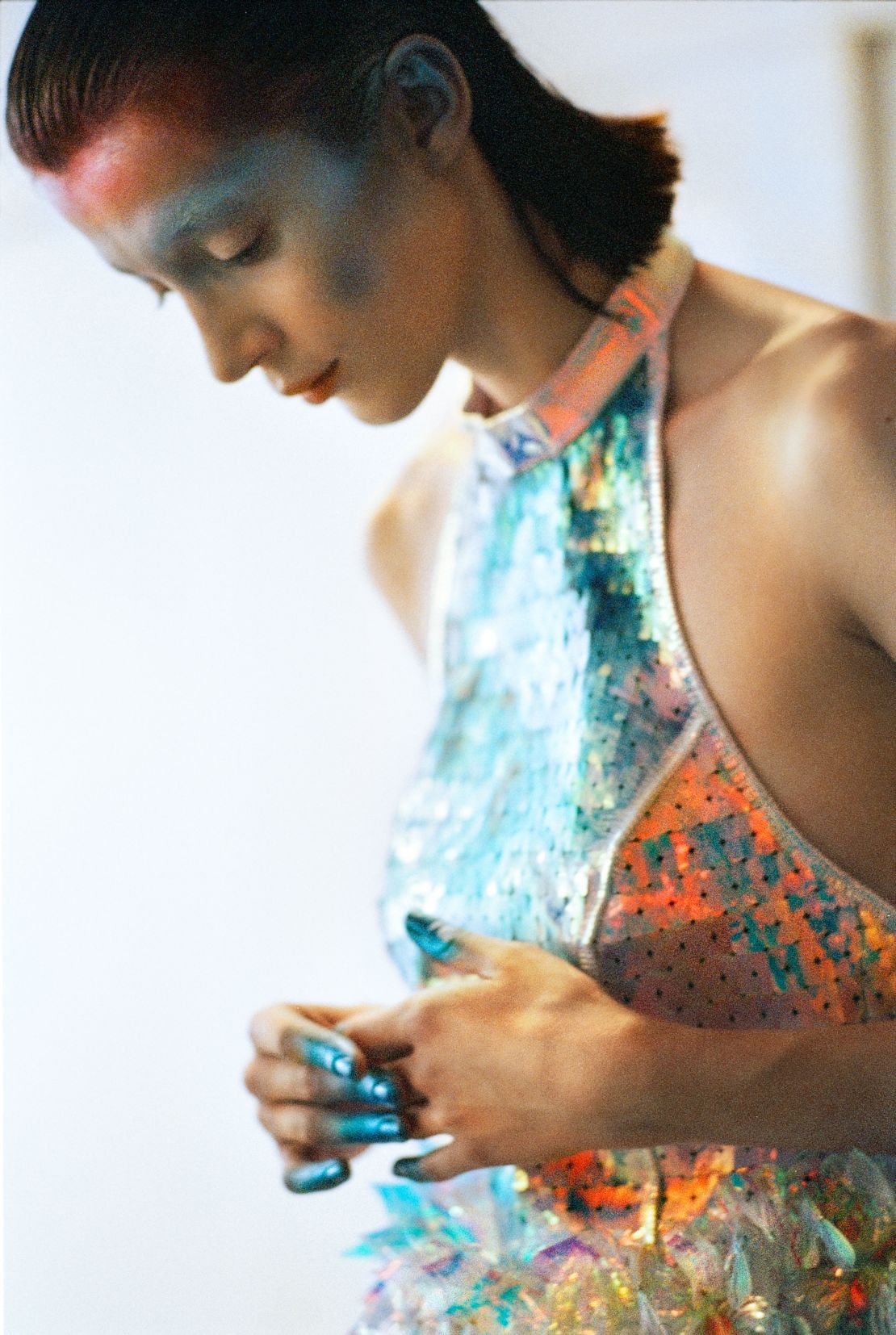
While Nakazato’s eyes are firmly set on the future, his philosophy is rooted in the history and traditions of his home country. In particular, he nods to Japan’s attitude towards kimonos, which are meticulously cared for and, often, passed down from generation to generation.
“Similar to the philosophy of kimonos is something we called ‘boro,’” he added, “which is (the custom of) repairing materials if they break. We never throw clothes away – we repair them and keep them for the long-term. If a garment breaks, you only change that part, you don’t need to throw it away.”
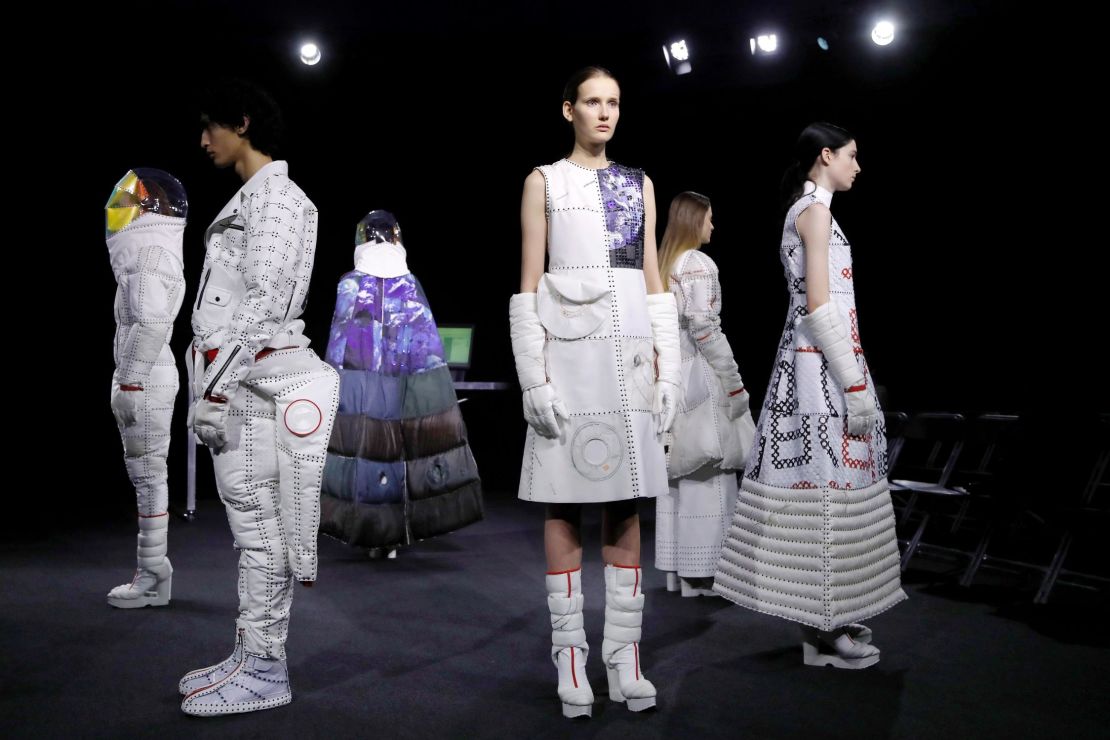
This approach puts him – by his own admission – at odds with much of the industry he works in. So, as well as capturing the attention of consumers, Nakazato hopes to show fashion industry insiders, the value of long-lasting garments that can survive volatile cycles of changing tastes.
“I think my philosophy is quite different, because fashion is very fast,” he said. “Of course, each season has a different theme or concept, but we also have also a long-term vision. That’s the difference (between me and) other designers, I think.”
